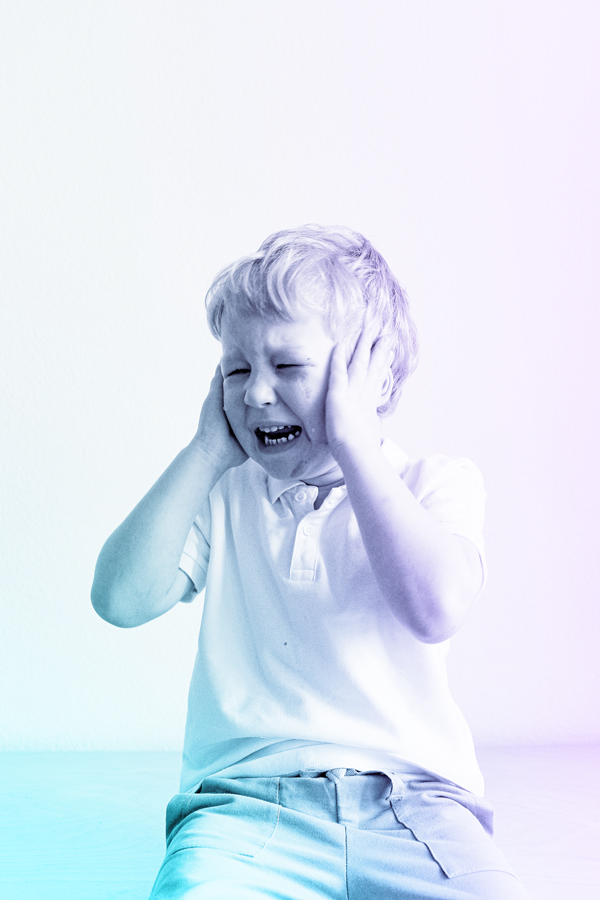Drug Use and Child Neglect
For the children of substance abusers, the impact of addiction on their lives can be devastating on a number of fronts. With some estimates asserting that six million children in the United States live with a parent who abuses alcohol or other substances, a significant number of children are impacted every day by the addiction of their parent or parents. Parenting is difficult in even the most normal of circumstances, so parenting while trying to manage addiction can feel nearly impossible for the parents and can result in very poor outcomes for the children of addiction. It also contributes to the child welfare system being wildly overburdened, meaning that when children of addiction are taken from their homes, they are put in less-than-ideal situations for long periods of time.

Parenting While in Active Addiction
Being a parent requires a high level of functioning. At its most basic level, you must ensure safe housing, be able to keep the heat and water on and keep your children fed and healthy. Much of parenting is simply keeping a watchful eye on your children, particularly when children are smaller. Babies and toddlers require even more attention as they are unable to feed or bathe themselves, use the bathroom on their own or even communicate their needs.
When a parent is struggling with addiction, the resources necessary to care for children can be instead focused on substance-related issues. Parents may be under the influence of alcohol or drugs and unable to provide basic care for their children such as preparing meals or changing diapers. The times that children need to be being watched may be spent looking for or using alcohol or drugs. Money that may be needed to keep utilities on in the home or food on the table may be instead going toward funding habits.
A large percentage of child neglect or abuse cases come from homes where substance abuse is present. Children who are from families where addiction is found have a higher likelihood of suffering from a number of other serious issues, including social, emotional and intellectual ones. They are statistically more likely to have poorer physical and mental health. They are also at a higher risk for developing substance abuse issues of their own, perpetuating the cycle of abuse and neglect.
Children of Addiction in the Child Welfare System
The children of addiction often are removed from their homes in placed in foster care. This can be because of reported abuse or because parents are incarcerated due to their substance abuse or other illegal activities fueled by it. Research shows that children who are removed from the home where substance abuse is present enter into foster care at higher rates and stay longer than those who are removed from the home for other reasons. The costs of substance abuse on the child welfare system are significant, with billions of dollars each year going to costs that are the result of or related to substance abuse in families.
In addition to taking quite the monetary toll on the system, substance abuse also presents other challenges to child welfare agencies. Many of these programs are underfunded already with high turnover rates in workers. There is a lack of quality training for child welfare workers whose time is already stretched incredibly thin managing the demands of their jobs. Legislative measures intended to protect children may also complicate things.
The Adoption and Safe Families Act of 1997 or ASFA dictates strict timeframes for when parental rights can and should be terminated. A Federal mandate states that women who are pregnant and/or parenting should be given the highest priority when it comes to receiving substance abuse treatment, but the reality is that these programs are so in-demand and overwhelmed that even when they can be given priority, it is often not soon enough for them to have made the necessary progress with their addiction and developed their parenting skills appropriately enough to have their children returned to them in a timely fashion.
ASFA is written so that the parents of children who have been in foster care for 15 out of the last 22 months should have their rights terminated. Because of the abovementioned constraints of the system, though, many states are unable to enforce this as care is out of reach for those seeking treatment. This results in children staying in foster care even longer, further straining the system and leaving children in long periods of uncertainty.
How Things May Be Improved
There are measures being taken to address the myriad issues present in this cycle. Because of the number of systems involved in solving these issues, it requires a great deal of collaboration and steps taken from all sides. Some examples of these steps are:
- The stationing of addiction counselors in child welfare offices
- Prioritizing mothers who have children in the child welfare system in treatment slots
- Establishing or redeveloping dependency drug courts that can help make sure treatment access is available and monitored for compliance so that children can exit the programs as quickly as is safely possible to minimize long-term effects on their health and well-being
- Creating partnerships across the systems to ensure services are coordinated and working toward the same goals
- Developing training that is cross-system and holding training sessions together so that all invested parties are receiving the same information and can establish paths to the goals together
- Lobbying for the development of more substance abuse treatment centers and the establishment of federal, local and private funding to meet the vast needs of communities
- Finding and developing funding sources for the needs of all those involved using creative efforts
Not all of these measures will be feasible for any one place, and agencies must work to meet the immediate needs of their communities and families, but these offer ideas of steps that might be taken when appropriate toward the betterment of the system. Particularly in areas with lower levels of socioeconomic status, substance abuse issues can run rampant while the funding to treat them is absent due to a lack of economic stimulus and collected taxes.
There are other ways that individual agencies can help improve these issues. The early identification of families that are at-risk for substance abuse issues can go a long way in helping save parents from falling further into substance abuse addiction, prevent children from experiencing prolonged periods of trauma and save resources from being diverted. Preventative efforts such as establishing programs that reach out to families with babies and toddlers and help to educate and provide support for those with a history of substance abuse can be highly effective. It’s important for parents who struggle with substance abuse issues to be open to this kind of relationship-building to put their children on the best path.
Establishing relationships between schools and substance abuse treatment centers can help get children access to addiction professionals early on. The children of addicts often are inclined to blame themselves for the issues of their parents, and it’s important for them to learn positive framing that helps them understand that addiction is a disease and not something that they can control.
Meetings between care counselors and these children can also help establish connections between them and give them guidance for what they can do when issues with their parents’ addiction arise. Many times, the children of addiction are ashamed of their parent’s substance abuse and are unsure of what adults they can or should trust with the knowledge of it. Having safe spaces in which they can communicate their worries to adults they have relationships with and can trust is essential to keeping them safe, happy and healthy.
Having a substance abuse disorder does not mean you cannot be a good parent. By taking steps to establish positive relationships in the community, seeking treatment when necessary and advocating for broadened services and better access to substance abuse centers in your area, you can help your family and others in your community improve outcomes for the children of addiction. For more resources, check out the Clean Recovery Centers blog today.


